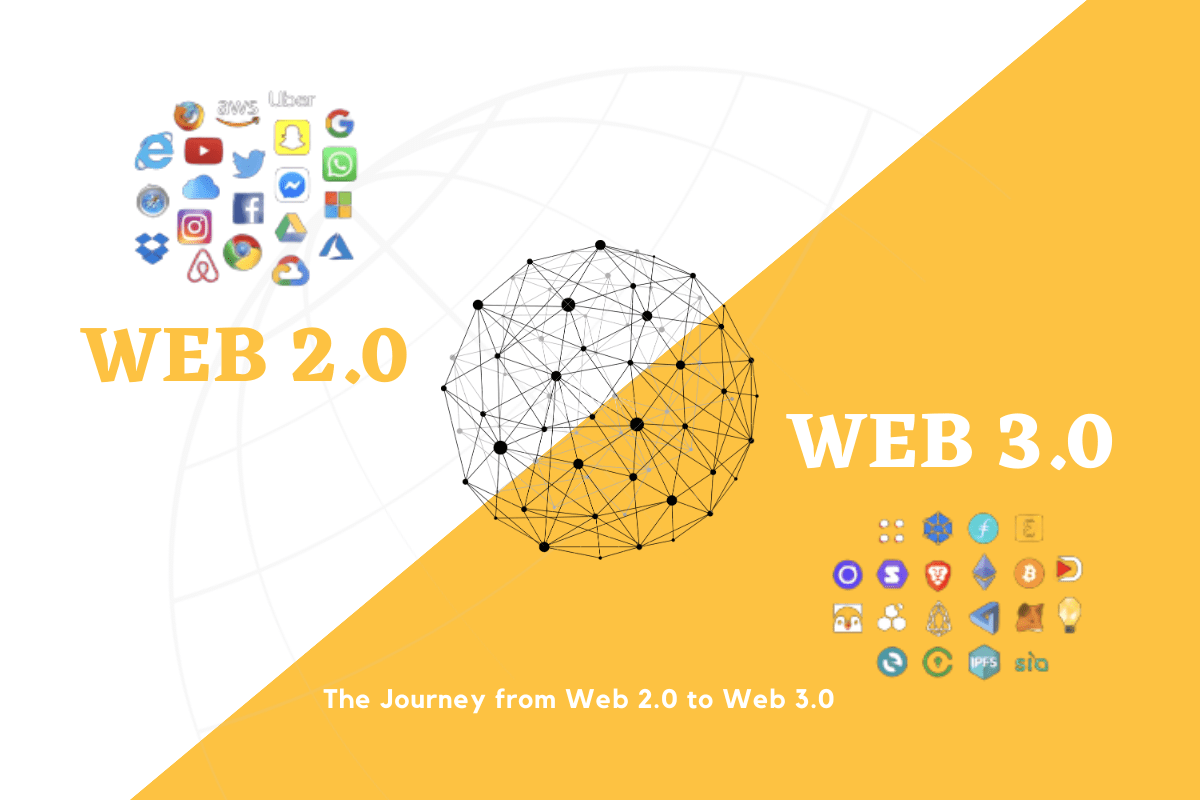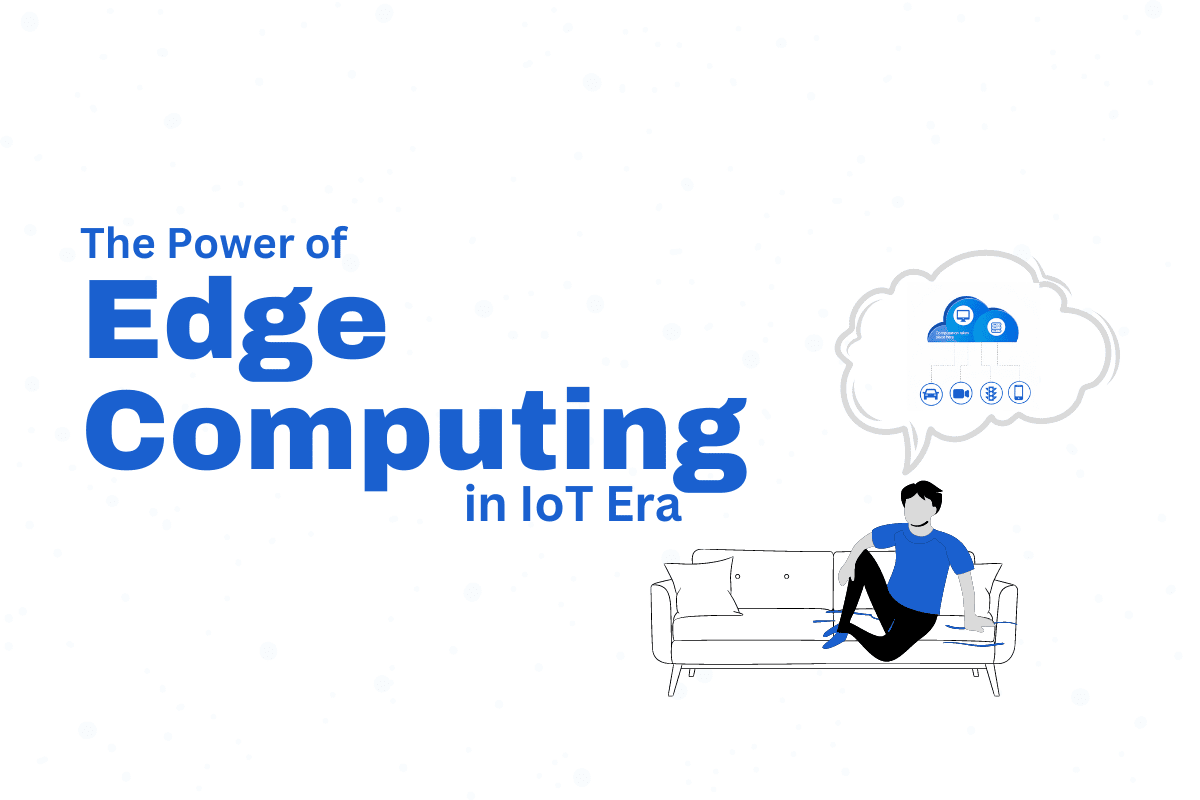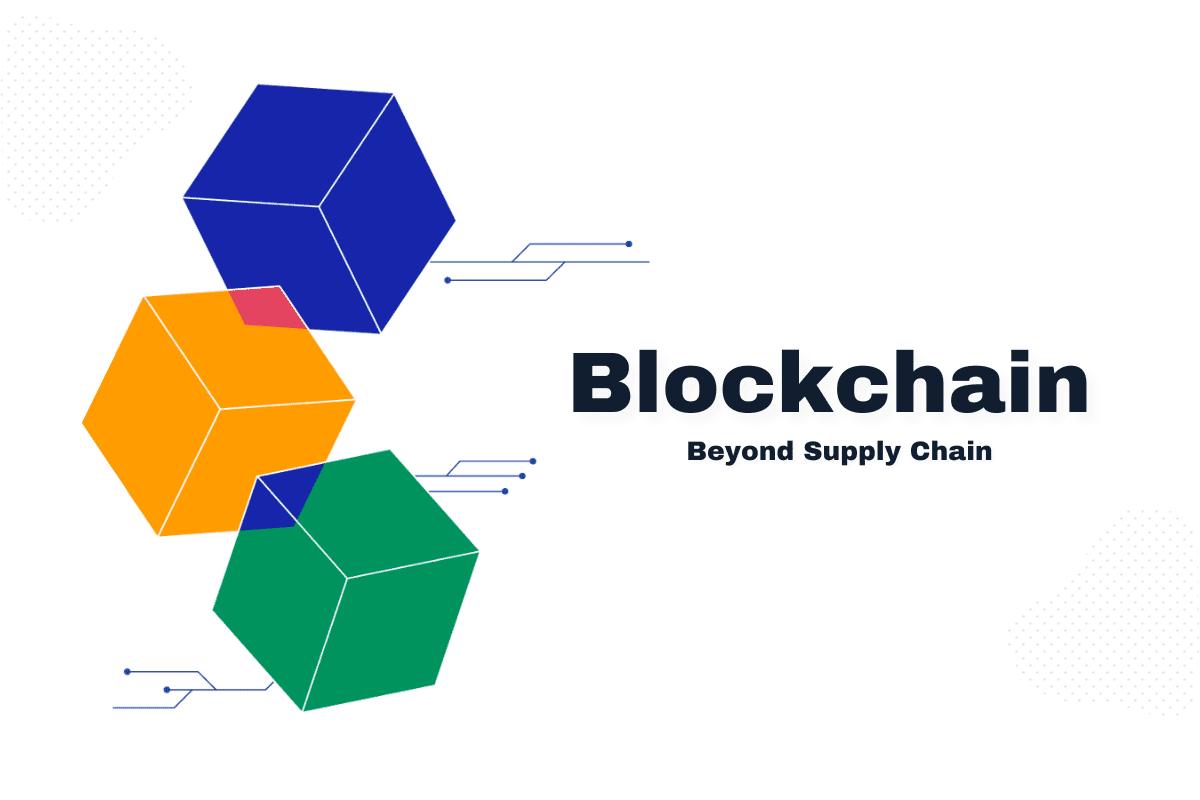Introduction
The Internet holds experienced meaningful changeovers since its beginning, shaping how we connect, share information, and conduct business. One such evolution is the transition from Web 2.0 to Web 3.0. In this article, we will explore the key differences between these two phases of the Internet and discuss how Web 3.0 is revolutionizing various industries. So, fasten your seatbelts as we embark on this exciting journey of the Internet’s evolution!
Comprehending Web2.0
Definition and Characteristics
Web 2.0 refers to the second era of the Internet, where websites shifted from static and one-way communication platforms to interactive and user-centric platforms. Web 2.0 created a paradigm shift by enabling users to create, share, and collaborate on content. It fostered the advancement of social media fora, online societies, and consumer-generated content.
Consumer-generated Content
One of the defining features of Web 2.0 is consumer-generated content. Platforms like Facebook, YouTube, and Wikipedia gained immense popularity by allowing users to design and communicate their content. This democratization of content creation empowered individuals and led to the exponential growth of online communities.
Social Media and Collaboration
Web 2.0 also witnessed the emergence of social media platforms, revolutionizing how people interacted and shared information. Platforms like Twitter, Instagram, and LinkedIn provide channels for individuals and businesses to connect, network, and engage with a global audience. Collaboration tools like Google Docs and Dropbox further enhanced productivity and teamwork.
Limitations of Web2.0
While Web 2.0 brought numerous benefits, it also had certain limitations that prompted the need for further evolution.
Lack of Ownership and Control
Under Web 2.0, users often had limited control over their data. Content posted on social media became the platform’s property, and users had little say in how their data was used or monetized. This lack of ownership raised concerns about data privacy and control.
Privacy Concerns
Web 2.0 platforms faced criticism for handling user data, resulting in privacy breaches and unauthorized access. The Cambridge Analytica scandal and other similar incidents highlighted the vulnerabilities of centralized platforms and the potential misuse of user information.
Centralization and Censorship
Web 2.0 platforms relied on central servers and authorities to manage and moderate content. This centralization led to issues like censorship, limited freedom of speech, and the concentration of power in the hands of a few entities. These challenges called for a more decentralized and inclusive internet.
Also Read: Demystifying Freelance Digital Marketing: Tips, Tricks, & Tools
The Emergence of Web3.0
Definition and Key Features
Web 3.0 (Link) represents the next phase of the Internet, characterized by decentralization, transparency, and the integration of blockchain technology. It aims to address the limitations of Web 2.0 and build a more user-centric, secure, and open internet.
Decentralization and Blockchain Technology
Web 3.0 clouts blockchain technology to design decentralized webs. Instead of relying on central authorities, data and applications are distributed across nodes, ensuring transparency, resilience, and censorship resistance. Blockchain’s immutability and cryptographic security provide a solid foundation for trust and verification.
Smart Contracts and Decentralized Applications
Web3.0 introduces smart contracts and decentralized applications (DApps). Smart contracts are self-executing contracts with predefined rules stored on the blockchain. DApps leverage these smart contracts to enable peer-to-peer interactions, facilitating secure and efficient transactions without intermediaries.
Advantages of Web3.0
Web 3.0 brings forth several advantages that have the potential to reshape industries and empower individuals.
Ownership and Control over Data
In Web 3.0, users have greater control and ownership over their data. With decentralized storage solutions, individuals can determine how their information is used, granting them more privacy and autonomy.
Enhanced Privacy and Security
Blockchain technology and cryptographic protocols enhance privacy and security in Web 3.0. By eliminating the reliance on centralized servers, the risks of data breaches and unauthorized access are significantly reduced. Additionally, users can remain pseudonymous or reveal only the necessary information, fostering a privacy-centric environment.
Interoperability and Cross-platform Functionality
Web 3.0 promotes interoperability between different platforms and protocols, allowing seamless communication and interaction across the Internet. This interoperability facilitates the integration of services, reduces fragmentation, and enhances user experience.
Impact on Industries
Web 3.0 has the potential to revolutionize various industries by introducing new possibilities and disrupting traditional business models.
Finance and Banking
Web 3.0 is reshaping the finance and banking sector by enabling decentralized finance (DeFi) applications. These applications provide alternatives to traditional banking services, such as lending, borrowing, and asset management, through smart contracts and cryptocurrencies.
Healthcare
In the healthcare industry, Web 3.0 can facilitate secure and interoperable sharing of medical records, enhancing patient care and enabling research collaborations. Blockchain technology can also enhance drug supply chain management, ensuring authenticity and transparency.
Supply Chain Management
Web 3.0’s transparency and traceability capabilities are particularly beneficial for supply chain management. With blockchain-based systems, businesses can track the movement of goods, verify authenticity, and improve efficiency and trust throughout the supply chain.
Education
Web 3.0 can transform education by enabling decentralized learning platforms, verifying credentials, and promoting lifelong learning. It can empower students, educators, and institutions by facilitating peer-to-peer interactions and removing barriers to access.
Challenges and Considerations
While Web3.0 holds immense promise, it also faces challenges and considerations that must be addressed for widespread adoption.
Scalability and Performance
The scalability and performance of blockchain networks remain a challenge in Web3.0. Current blockchain infrastructures need help to handle the volume of transactions required for mainstream applications. Research and innovation are vital to overcome these limitations.
User Experience
To drive mass adoption, Web 3.0 must prioritize user experience. User-friendly interfaces, intuitive interactions, and seamless integration with existing technologies are essential to encourage users to embrace the decentralized Internet.
Regulatory and Legal Implications
Web 3.0’s decentralized nature raises regulatory and legal concerns. Governments and regulatory bodies grapple with issues such as taxation, identity verification, and enforcing regulations in a decentralized ecosystem.
Future of the Internet
Web 3.0 represents a paradigm shift in how we interact with the Internet and its possibilities. As blockchain technology matures, decentralized applications become more user-friendly, and scalability challenges are overcome, Web3.0 can redefine how we conduct business, govern societies, and shape our digital identities.
Conclusion
The evolution from Web 2.0 to Web 3.0 marks a transformative phase in the Internet’s history. Web 3.0’s decentralization, enhanced privacy, and user-centric approach are set to revolutionize industries and empower individuals. While challenges and considerations persist, the future of the Internet looks promising as Web 3.0 continues to gain traction and shape a more inclusive and transparent digital landscape.
FAQs
Q1. What is the main difference between Web 2.0 and Web 3.0?
Web 2.0 focuses on consumer-generated content and social media platforms, whereas Web 3.0 emphasizes decentralization, blockchain technology, and user ownership over data.
Q2. How does Web 3.0 enhance privacy and security?
Web 3.0 leverages blockchain technology and cryptographic protocols to ensure secure and private transactions. Decentralized storage solutions also give users more control over their data.
Q3. Which industries are most impacted by Web 3.0?
Web 3.0 can revolutionize finance, banking, healthcare, supply chain management, and education.
Q4. What challenges does Web 3.0 face?
Web 3.0 faces challenges related to scalability, user experience, and regulatory implications. Overcoming these challenges is crucial for widespread adoption.
Q5. What does the future hold for Web 3.0?
As blockchain technology advances and user-friendly interfaces are developed, Web 3.0 will redefine how we conduct business, govern societies, and shape our digital identities.




